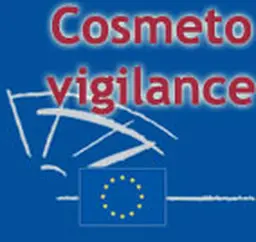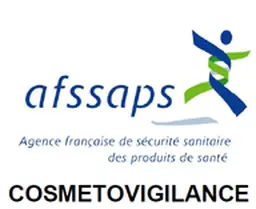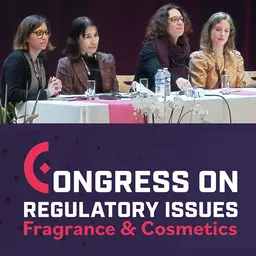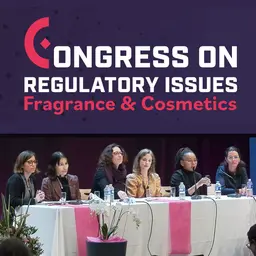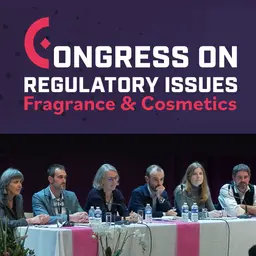
Article 23 of the Cosmetics Regulation requires, since 11 July 2013, the “Communication of serious adverse reactions” to the competent authorities of the Member States of the European Community. This obligation applies first and foremost to the Responsible Persons, but also to distributors, and requires a good internal organization to be fulfiled.
A paragraph and three sub-paragraphs of Article 23 of the Cosmetics Regulation set out the obligations relating to cosmetovigilance.
“In the event of serious undesirable effects, the Responsible Person and distributors shall without delay notify the following to the competent authority of the Member State where the serious undesirable effect occurred:
(a) All serious undesirable effects which are known to him or which may reasonably be expected to be known to him
(b) The name of the cosmetic product concerned, enabling its specific identification
(c) The corrective measures taken by him, if any”
These few lines have very important practical implications for cosmetic companies: first of all, it is important to understand what a serious undesirable effect is and how to identify it as such, to organize oneself in such a way as to collect the necessary information and ensure timely reporting, and to take into account possible duplicate reports (by the Responsible Person and by the distributor) of the same undesirable effect associated with the same product… And a small instruction manual is not useless to organize your cosmetovigilance internally.
Identify a serious undesirable effect
Under the definitions stated in the Article 2 of the Cosmetics Regulation:
• An …

